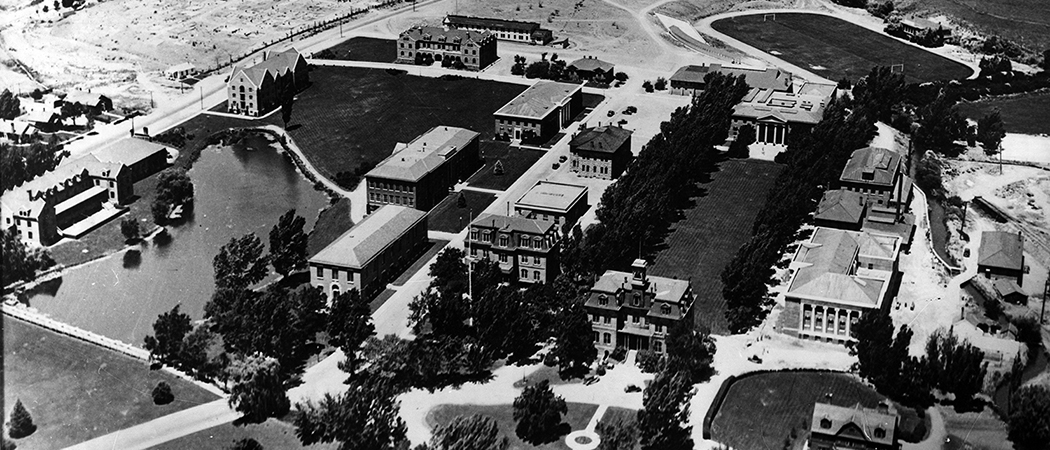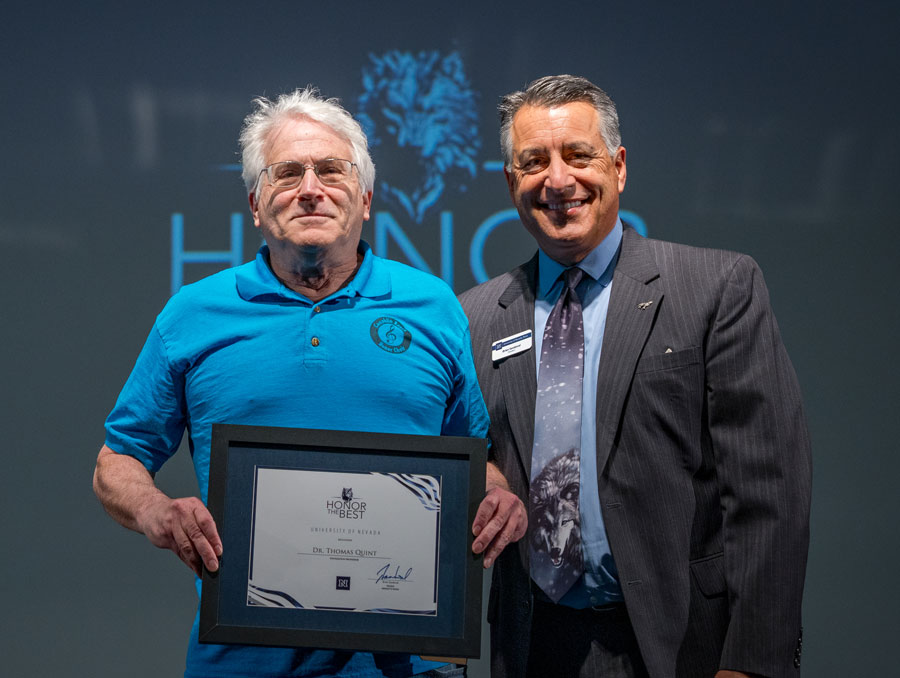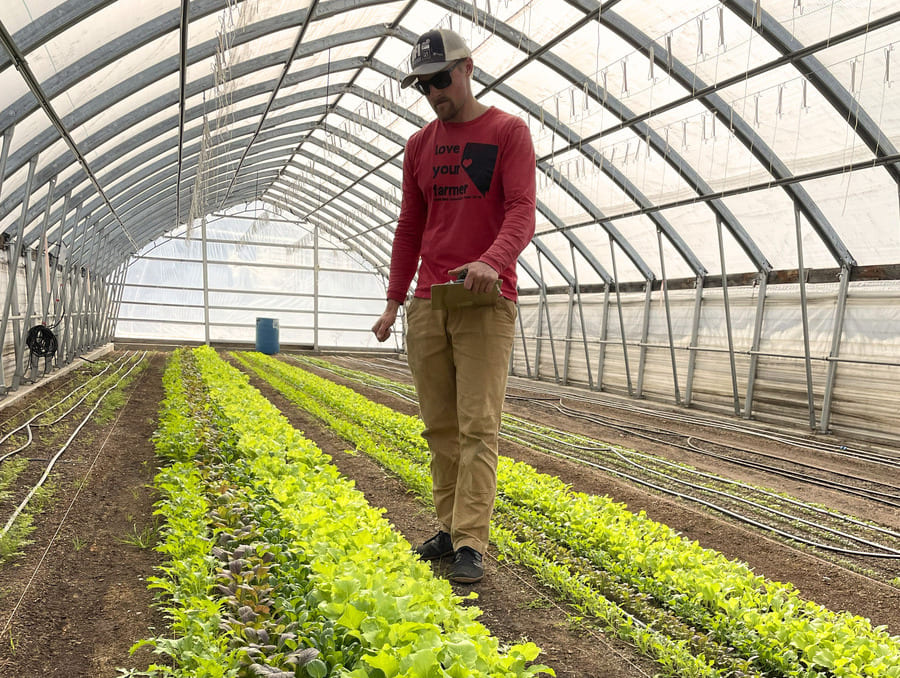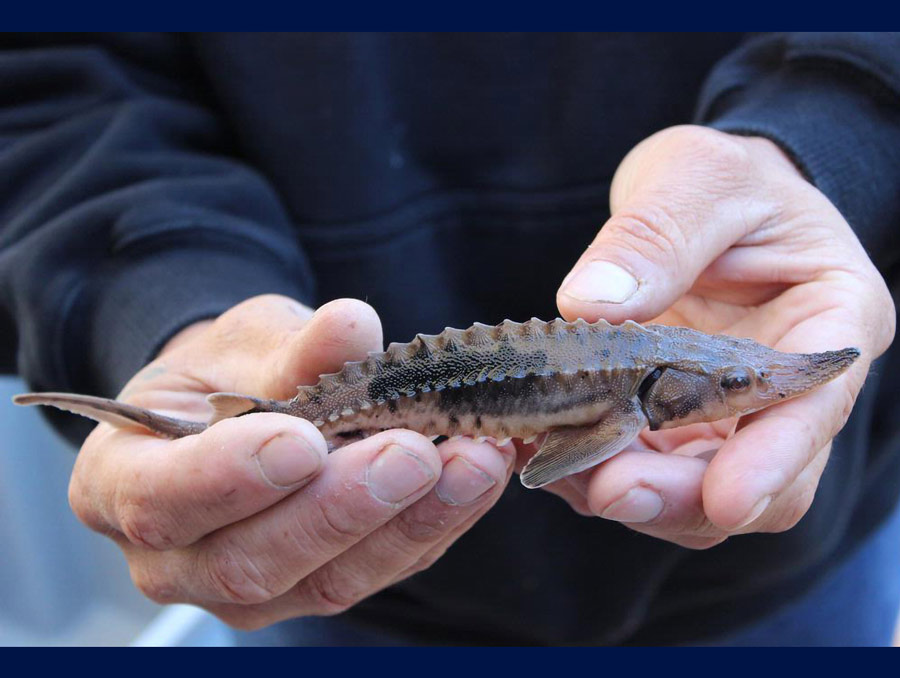March 21 marks an important milestone in Nevada's history.
"In March of 1864, Congress passed the Nevada Enabling Act to authorize the Territory of Nevada to move toward writing a state constitution acceptable to it, and President Lincoln was given the power in the act to proclaim Nevada statehood upon receiving such a constitution that had also been approved by the voters of the territory," Bill Rowley, University professor of history, said.
That fall, voters approved the constitution and Lincoln proclaimed Nevada as the nation's 36th state on Oct. 31, 1864.
The University of Nevada, Reno is joining the year-long acknowledgement of Nevada's 150 years, starting with the Nevada Bowl football game in Mackay Stadium on Oct. 26, 2013. The annual contest against UNLV was one of Nevada's Sesquicentennial Commission's signature, kick-off events. Continued University support includes activities hosted by the Special Collections Department, Department of History and University of Nevada School of Medicine.
Special exhibits by Special Collections
"Nevada's 150 years of history is the focus of Special Collections, and this year the heightened awareness of Nevada's history gives us a chance to showcase some of our treasures and let people know about the rich collections of photographs, maps, manuscripts and other materials available to support the researchers and program developers who are engaged in NV150 initiatives," Donnie Curtis, University Libraries director of research services, said.
Special Collections is commemorating the anniversary with a series of three exhibits, which started with "Can You Dig It? Building Nevada" last fall.
The current exhibit, "Changing Faces and Places: Making Nevada," explores the people who settled in Nevada and the cultural environment they created, as well as the businesses they developed, the organizations they belonged to and the pastimes they enjoyed. The exhibit touches on a range of topics: Nevada's diverse immigrant population, ranches, snow surveying, campus athletics, women's suffrage and the societal changes prompted by the passing of laws on divorce, gaming and licensed prostitution. Also featured are historical contributions by University of Nevada Cooperative Extension and the buildings of architect Frederic DeLongchamps.
Located on the third floor of the Mathewson-IGT Knowledge Center, "Changing Faces and Places" is open for viewing from 9 a.m. to 5 p.m., Monday to Friday, and 1 p.m. to 5 p.m. on three Saturdays, March 8, April 12 and May 10. The exhibit runs through June 22.
Alumna Holly Walton-Buchanan will give a related, free talk at 7 p.m., April 2, in the Faculty Graduate Room on the 4th floor of the Knowledge Center. The talk, "Land of the Buckaroo: Historic Ranches of Western Nevada," is based on her new book of the same name.
Special Collections' series will continue with "When the Lights Dim: Arts and Entertainment in Nevada." The kick-off of this exhibit will coincide with Reno's annual Artown event in July.
Celebrating the history of medicine
Last November, the University of Nevada School of Medicine joined the celebration by hosting the Third Annual Nevada Rural Health Day at the site of Nevada's oldest standing health care facility, St. Mary's Art and Retreat Center, formerly St. Mary Louise Hospital, in Virginia City.
Co-sponsored by the National Association of State Rural Health Offices, the event brought attention to the health care needs of Nevada's rural and frontier communities and celebrated health care providers who have had a significant impact over time on improving health in these areas.
Symposium on constitution planned
Looking ahead, the History Department is planning a day-long symposium, "All for the Union: Nevada Statehood and Constitution," Nov. 6, 2014. Professor Gary Gallagher from the University of Virginia and author of the recent book, "The Union War," is planned to deliver a public, keynote presentation that evening.
"Scholars from both inside and outside of Nevada will be invited for various panel discussions on appropriate topics, such as the Paramount Allegiance Clause and the anti-slavery provision in the Nevada Constitution," Rowley said.
Continuing the lesson in history
"Strong loyalty to the Union had been present in Nevada Territory since its creation by Congress in March 1861," Rowley said of Nevada's unique beginning. "The Lincoln Administration and the Republican Party saw Nevada statehood as one more vote to ratify the anti-slavery 13th Amendment to the U.S. Constitution and three more electoral votes in the upcoming, closely contested presidential election in the fall of 1864.
"These considerations overrode any objections about the population of Nevada that was well under the 60,000-person figure deemed optimal for a territory to move toward statehood."
Nevada's Constitution outlined the framework for creation of its first "state university" and Nevada's land-grant university. The University of Nevada was opened 10 years later, 1874, in Elko and was approved by the Nevada State Legislature to move to Reno in 1885.
Staying true to its Constitutional roots, the University continues to provide teaching, research and service in agriculture, mechanic arts (today known as engineering) and mining, and provides for the preparation of teachers.
NevadaToday
Celebrating Nevada’s Sesquicentennial
Series of Special Collections exhibits and events by Athletics, History and School of Medicine celebrate the Silver State’s 150 years

In February 2011, the Dangberg Home Ranch Historic Park donated a scan of this original photograph to the University Archives. The group portrait is of the 1896 University of Nevada graduating class from the Reno campus. This year marks Nevada's 150 years of statehood, and the University of Nevada, Reno celebrates the state's history with a series of exhibits and events.











